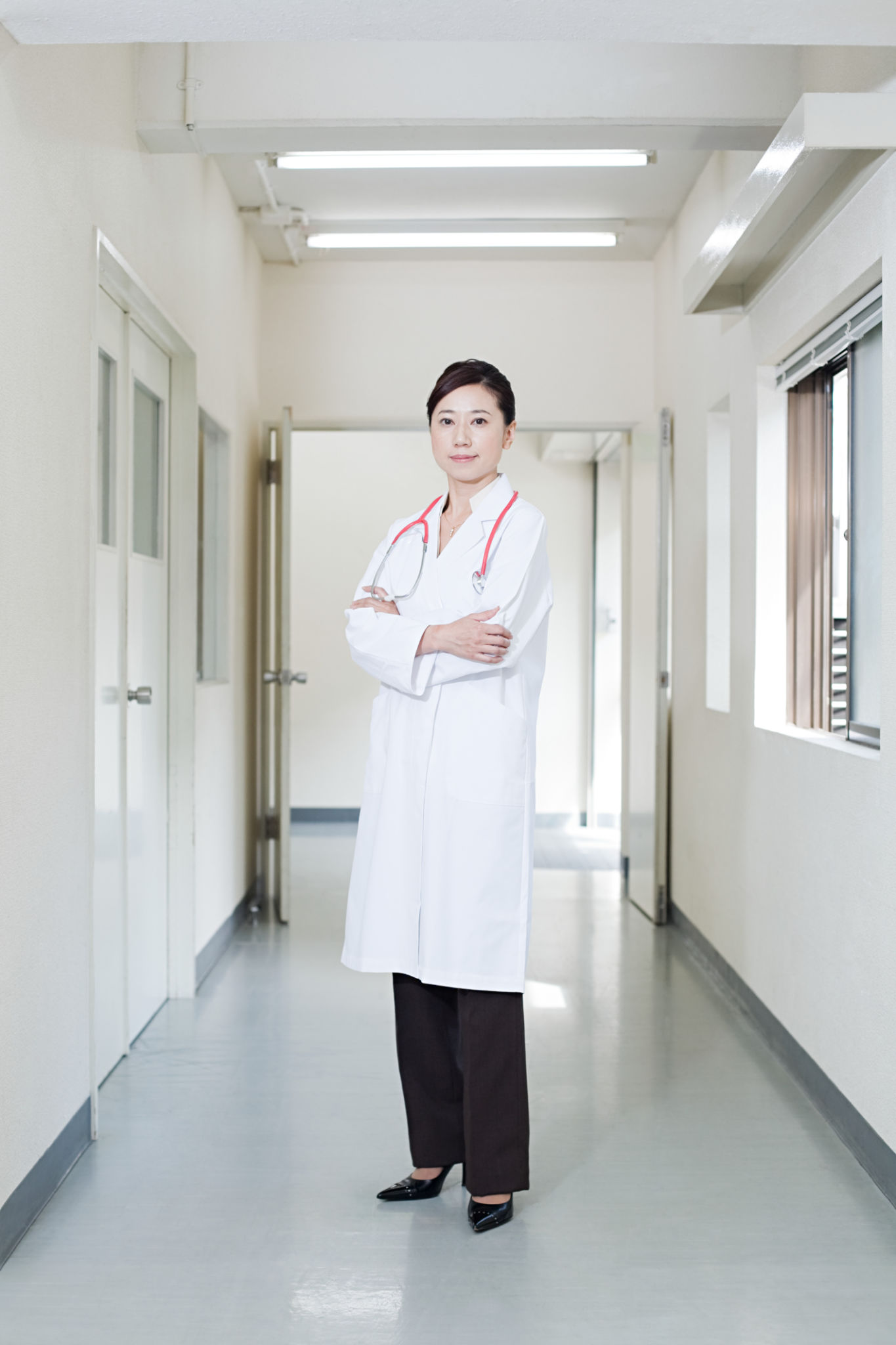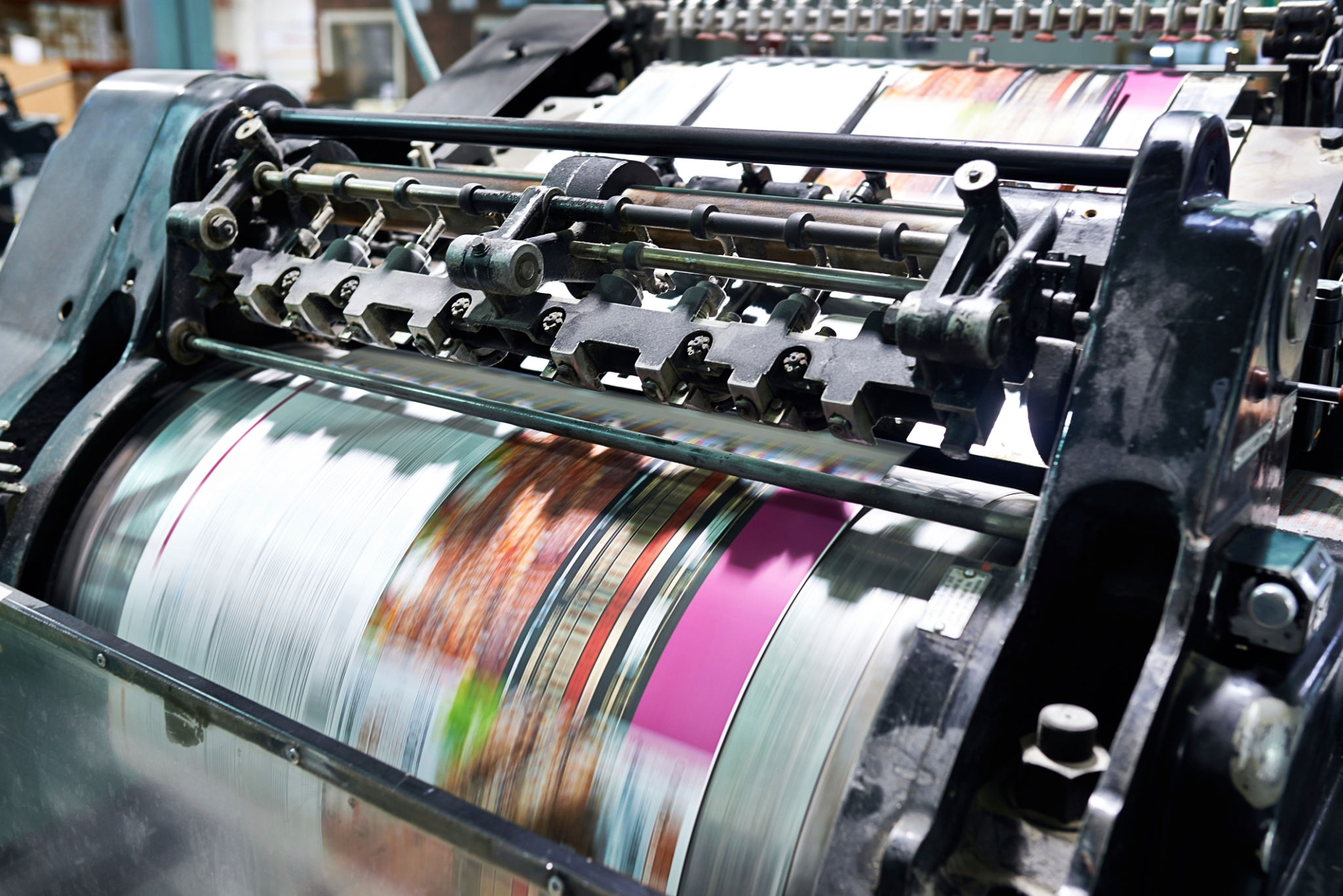Step-by-Step: How to Ensure Safe Logistics for Medical Devices
Understanding the Importance of Safe Logistics in Medical Devices
Medical devices play a critical role in healthcare, providing essential support for diagnostics, treatment, and patient monitoring. Ensuring the safe logistics of these devices is crucial to maintaining their integrity and functionality. Mishandling or improper transportation can lead to device malfunctions, safety hazards, and potential health risks. Therefore, a comprehensive understanding of safe logistics practices is necessary for all stakeholders involved in the supply chain.

Identifying Key Components of Medical Device Logistics
The logistics of medical devices involves several key components, each requiring careful attention to detail. These include packaging, transportation, storage, and compliance with regulations. Each step must be meticulously planned and executed to ensure that devices arrive at their destination safely and ready for use. Understanding these components helps in developing effective logistics strategies tailored to specific medical devices.
Developing a Comprehensive Packaging Strategy
Packaging is one of the most critical steps in the logistics process. Effective packaging ensures that medical devices are protected from physical damage, environmental factors, and contamination. To achieve this, consider the following:
- Use of appropriate materials: Select packaging materials that provide sufficient cushioning and protection.
- Sealing and labeling: Ensure packages are sealed properly and labeled with handling instructions.
- Compliance with standards: Adhere to regulatory packaging standards specific to medical devices.

Choosing the Right Transportation Methods
Transportation is another vital aspect of medical device logistics. The choice of transportation method depends on several factors such as distance, device sensitivity, and urgency. Consider both ground and air freight options, evaluating the pros and cons of each. It's important to work with logistics partners who understand the unique requirements of medical device transportation to minimize risks.
Ensuring Proper Storage Conditions
Once transported, medical devices must be stored under appropriate conditions to maintain their quality and functionality. This involves controlling environmental factors such as temperature, humidity, and light exposure. Implementing regular maintenance checks and monitoring systems can help prevent potential storage-related issues.

Compliance with Regulatory Requirements
Adhering to regulatory requirements is non-negotiable in medical device logistics. Regulatory bodies such as the FDA or EU MDR have established guidelines to ensure the safe handling and transportation of medical devices. Keeping abreast of these regulations and integrating them into your logistics strategy is essential for compliance and risk management.
Implementing a Monitoring System
A robust monitoring system is indispensable for ensuring safe logistics. Implement tracking technologies such as RFID or GPS to monitor the location and condition of medical devices during transit. This not only provides real-time data but also helps in swiftly addressing any potential issues that may arise during the logistics process.
Training Personnel for Safe Handling
Personnel involved in the logistics process should receive adequate training on safe handling practices for medical devices. This includes understanding device-specific requirements, emergency protocols, and proper documentation procedures. Regular training sessions can significantly reduce human error and enhance overall logistics safety.

Continuous Evaluation and Improvement
The field of medical device logistics is ever-evolving, necessitating continuous evaluation and improvement of logistics strategies. Conduct regular audits, gather feedback from stakeholders, and stay updated on industry trends to identify areas for improvement. By fostering a culture of continuous improvement, you can ensure long-term safety and efficiency in medical device logistics.
